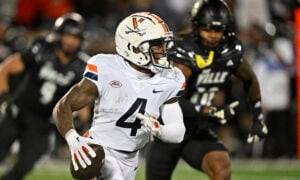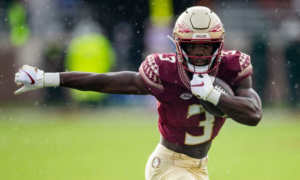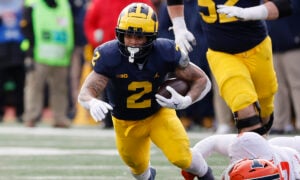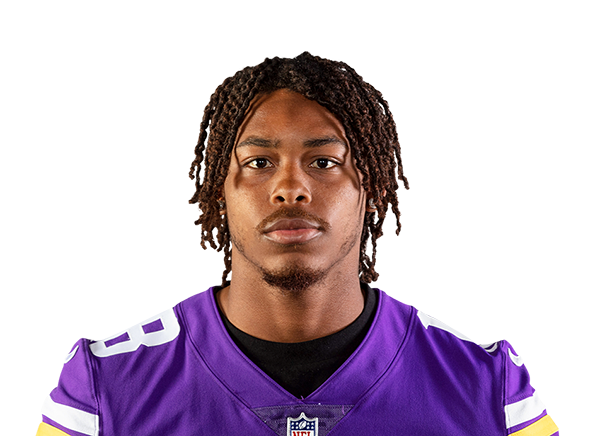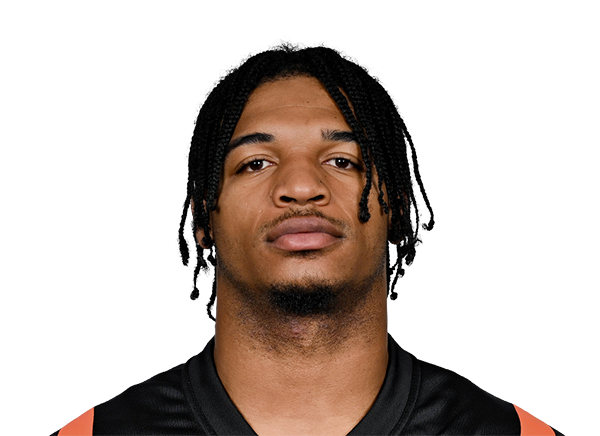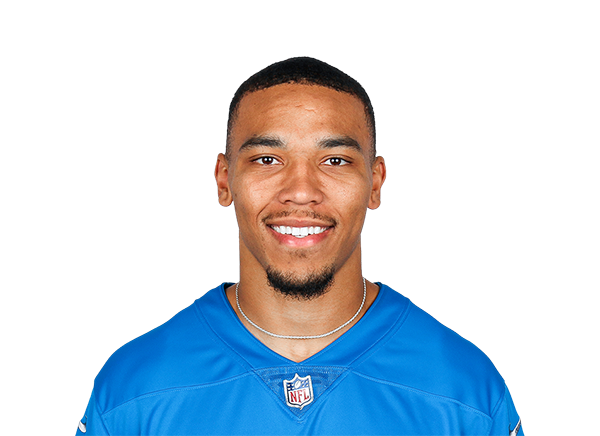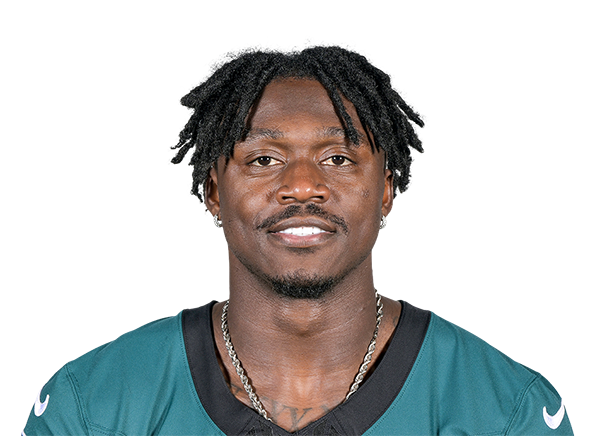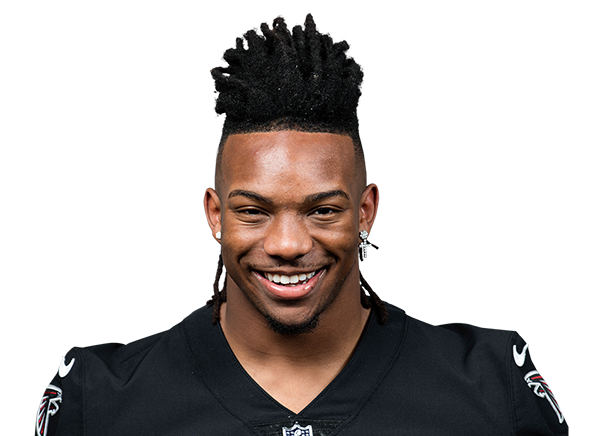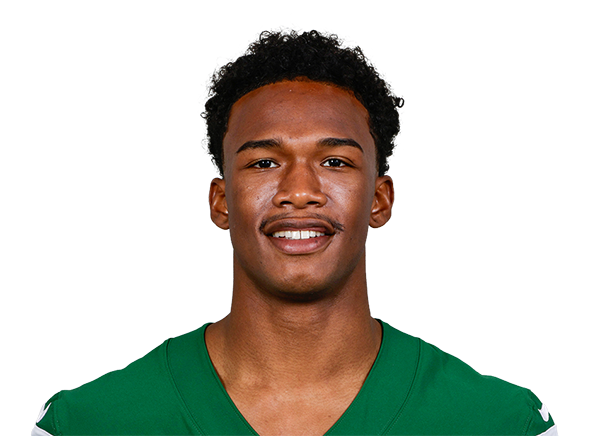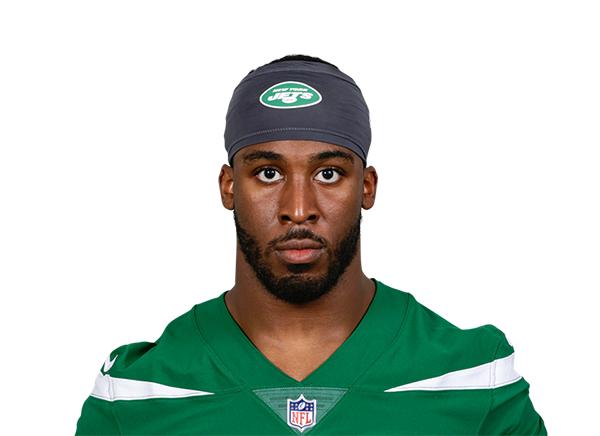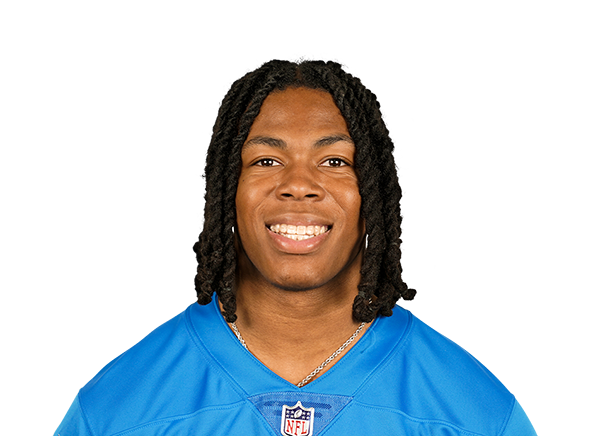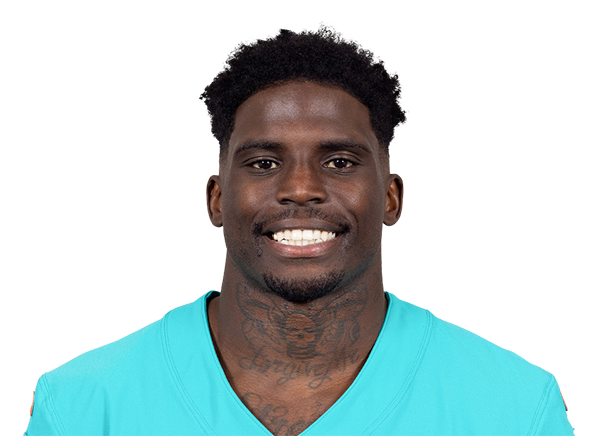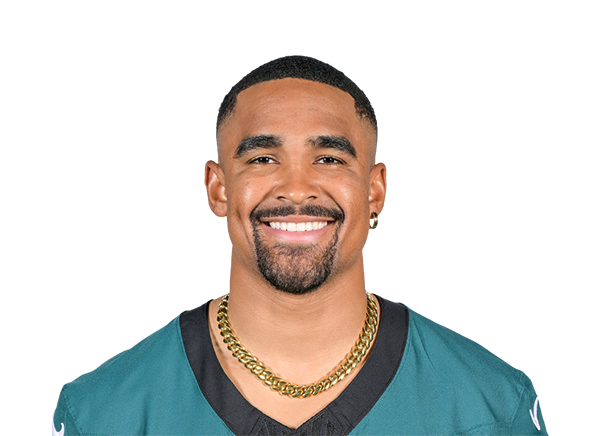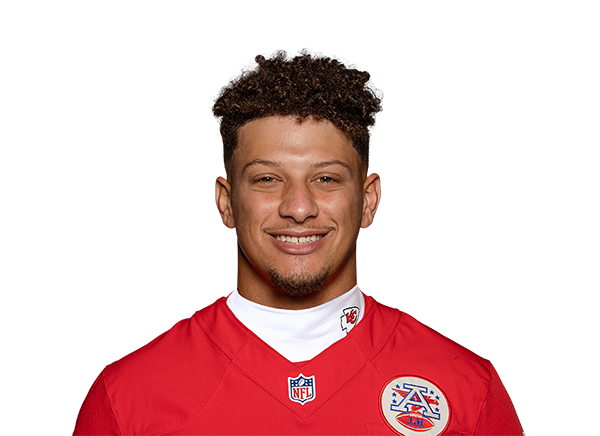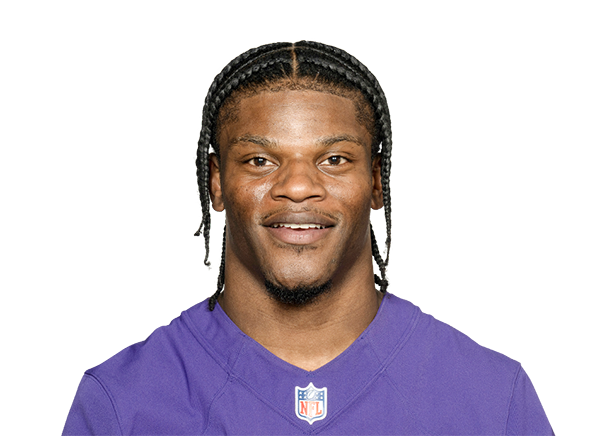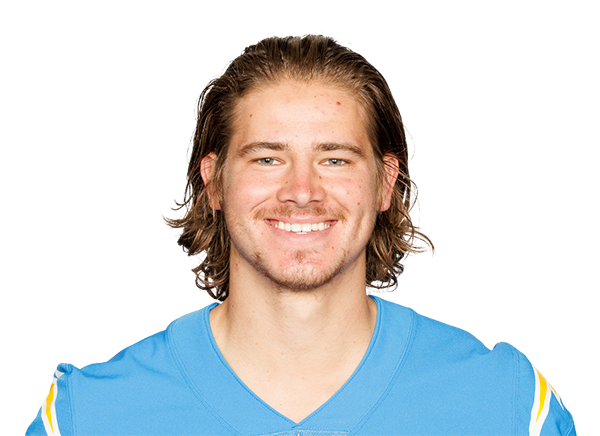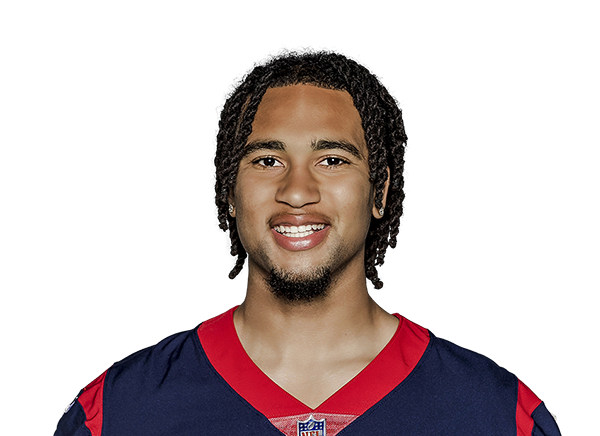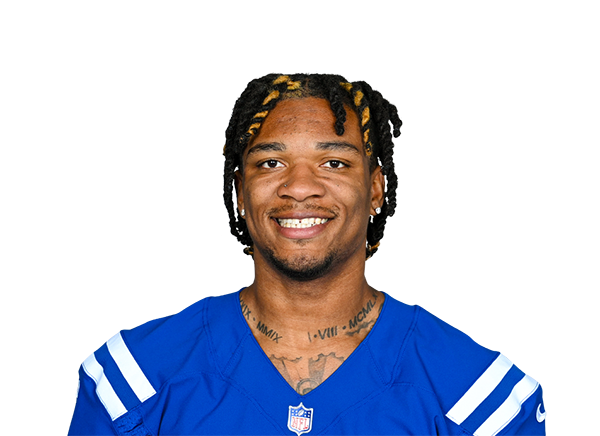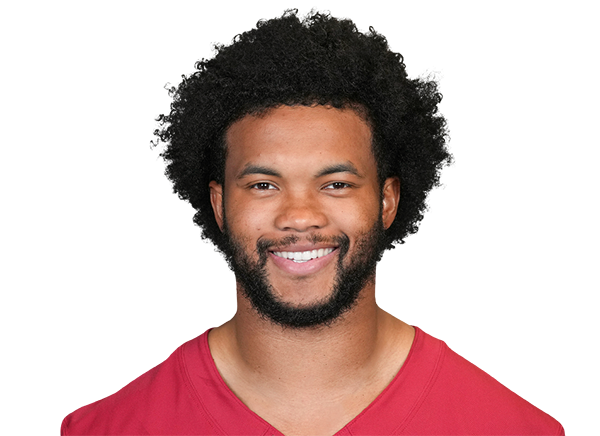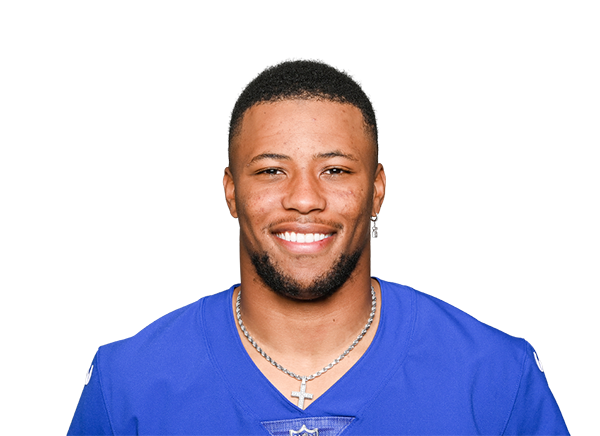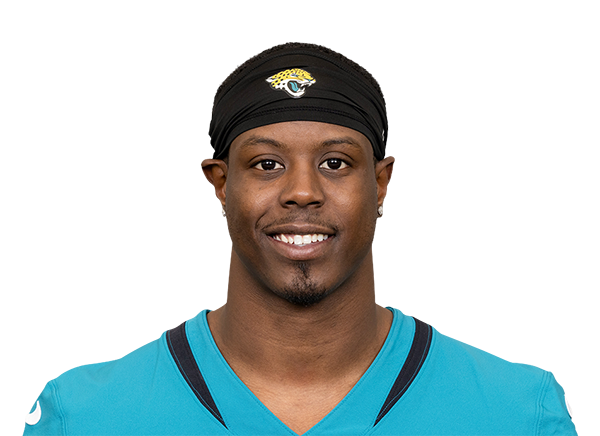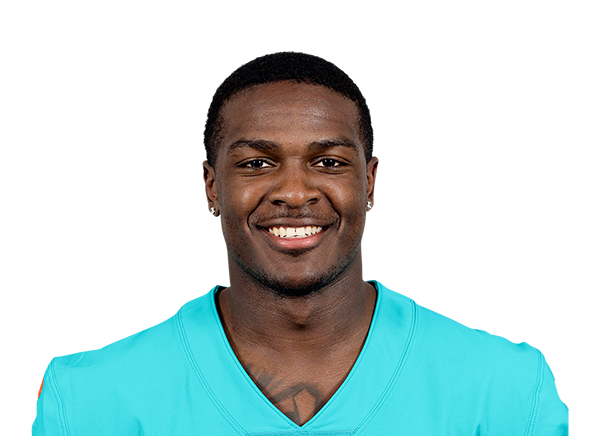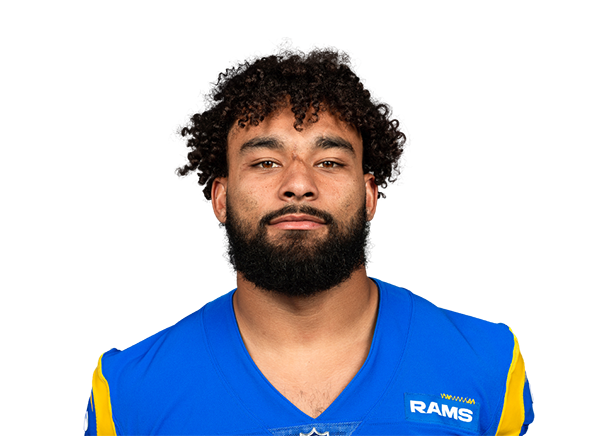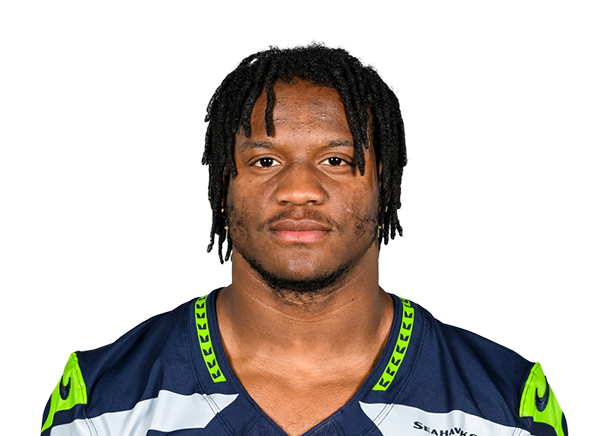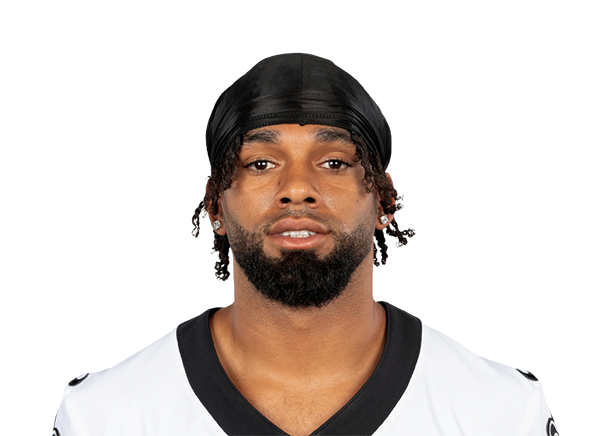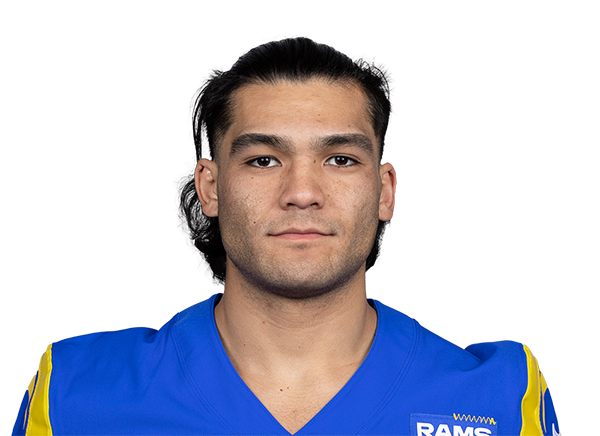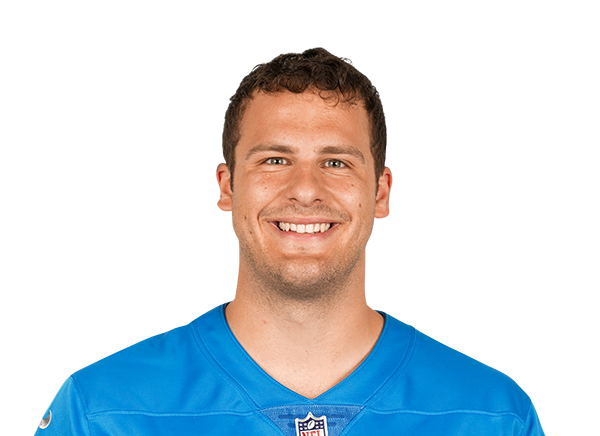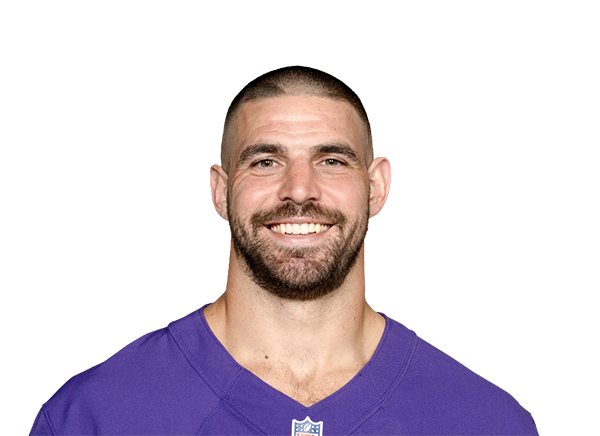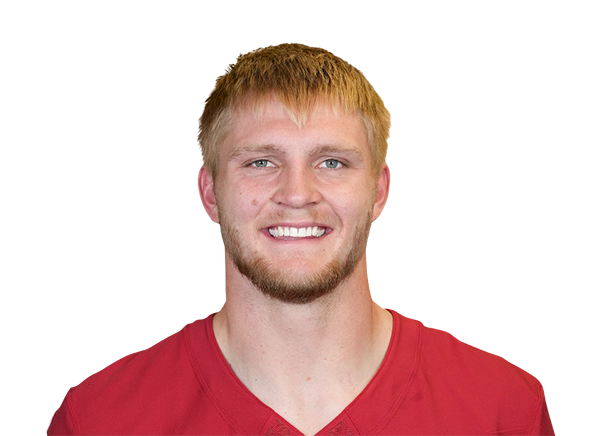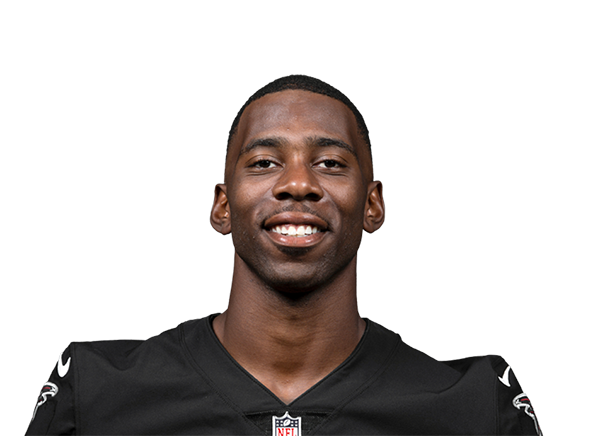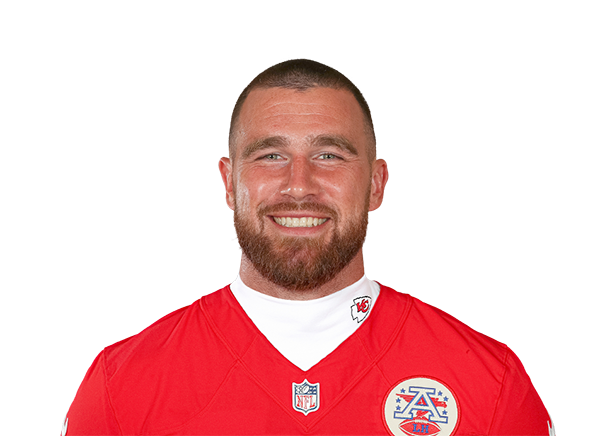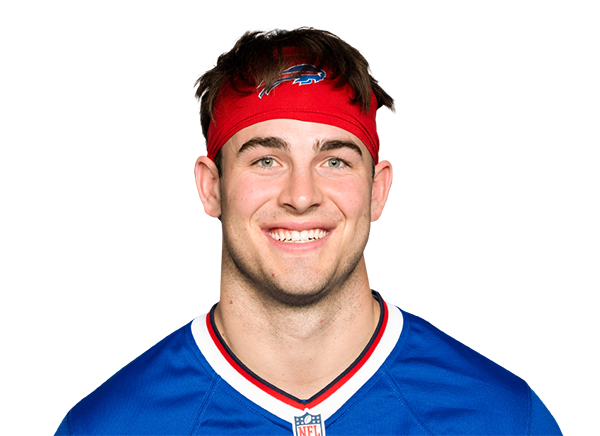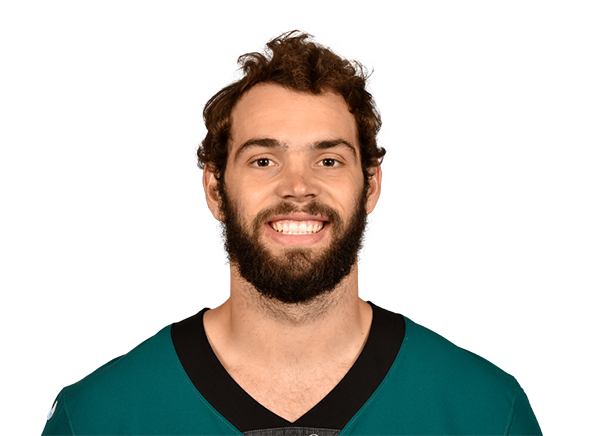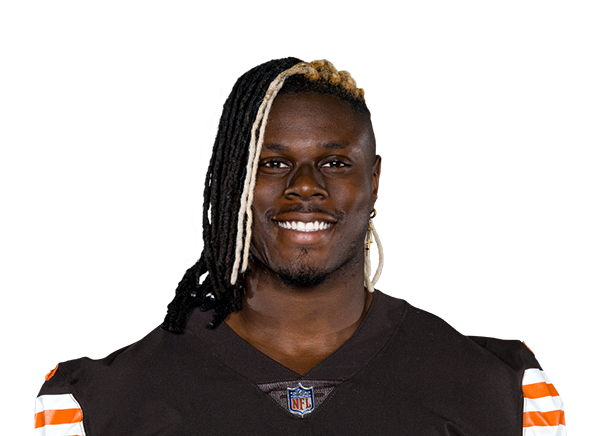FFPC $500 Dynasty Start-up Draft Review
Editor’s Note: Welcome to our coverage of the FFPC’s high-stakes dynasty format. The FFPC games are unlike any other in the industry due to their reputation and visibility in the space. From their first introduction in 2010, they only continue to gain in popularity.
This is the second installment of our 2017 FFPC draft coverage.
DLF and the FFPC are partners once again in 2017 and we’re covering live drafts to be used as another source of reference for your own drafts. The thought here is that the “high stakes” element brings with it a high degree of fantasy coaching experience and performance. These coaches are putting serious money on the line with the hope of greater payouts at the end of the rainbow and you can bet most put a lot of work and research into each selection. With this particular FFPC dynasty league requiring a $250 entry fee, there’s little room for mistakes.
This review is for a $500 12-team start-up draft. Standard scoring Point Per Reception (PPR) format with the exception that tight ends receive 1.5 PPR. Passing touchdowns are worth the standard four points while rushing and receiving touchdowns bring six points each. Starting rosters are as follows: 1 QB, 2 RB, 2 WR, 1 TE, 2 Flex, 1 K, 1 DEF/ST. One note about the FFPC Dynasty format: Each team has 20 total roster spots with one each given to kickers and Defense. At the end of each year, teams must drop four players to reach a total of 16 total players. This makes for a relatively shallow roster with emphasis on productive players.
You can see all of the rules at MYFFPC.com.
If you’re ready to step up to the most serious dynasty competition on the planet, we highly suggest you check out the FFPC Dynasty Games!
For this review, I’ll be listing ten rounds of selections with a brief summary following each round. In addition, I’m going to switch it up just a bit from my last review and provide my input as to which picks I believe represent the best value and biggest reach.
Let’s dive in!
Round One
1.01 Ezekiel Elliott, RB DAL
1.02 David Johnson, RB ARI
1.03 Odell Beckham, WR NYG
1.04 Le’Veon Bell, RB PIT
1.05 Mike Evans, WR TB
1.06 Antonio Brown, WR PIT
1.07 Amari Cooper, WR OAK
1.08 Julio Jones, WR ATL
1.09 A.J. Green, WR CIN
1.10 Michael Thomas, WR NO
1.11 DeAndre Hopkins, WR HOU
1.12 Allen Robinson, WR JAX
Summary
Pretty standard first round with the usual suspects. Last year’s rookie phenom Michael Thomas sneaks into the first round and it’s nice to see running backs back in favor. I won’t be highlighting reaches and values in the first round as it’s just too early for that and all of these listed players have first round ability and/or potential.
Best Value: None
Biggest Reach: None
Round Two
2.01 T.Y. Hilton, WR IND
2.02 Rob Gronkowski, TE NE
2.03 Jordan Howard, RB CHI
2.04 Melvin Gordon, RB LAC
2.05 Todd Gurley, RB LAR
2.06 Christian McCaffrey, RB CAR
2.07 Joe Mixon, RB CIN
2.08 Travis Kelce, TE KC
2.09 Devonta Freeman, RB ATL
2.10 Leonard Fournette, RB JAX
2.11 Brandin Cooks, WR NE
2.12 Keenan Allen, WR LAC
Summary
Youth is served. Frankly, I’m surprised to see three rookies here in the second round. That’s not to say they aren’t good selections as I like bold plays. Outside of Leonard Fournette, I’d let the running backs all fall to the third round or below as running backs are difficult to project to the NFL and rookie runners even more so. In this format, however, if backs like Christian McCaffrey and Joe Mixon can produce in the passing game and stay on the field for three downs, their upside is immense. Again, too much risk for me for either of these two before we see their roles, but the bold stab could pay off. Truth be told, I have been known to take an early swing on a rookie back that I believe could be special. I do believe that of Fournette.
I’m very curious to see both Todd Gurley and Melvin Gordon this year as well. Both have something to prove in different areas but I like the upside value of both here.
Best Value: This may not be popular but I like the Fournette selection at 2.10. Many will question his three-down ability but I don’t. More than that, however, I’ve watch him for a long while and think he is being under-drafted even at 1.02 in rookie drafts. He’s got everything you look for in a RB1, except known production in the NFL which is a biggie.
Biggest Reach: Every year I think the same thing near this spot, T.Y. Hilton. The problem is that while Hilton is a very good PPR-Format receiver, he doesn’t see the end zone enough for me to be excited about his prospects. That all said, he continues to post well in PPR formats and has eclipsed 1,000 yards along with 23 touchdowns in his last four years. So what’s not to like? In the end I, myself, am going to reach with my “reach” selection: Christian McCaffrey. He’s too much of a tweener for my taste here in the second round. If he can carve out a three down role or monster reception numbers, he’ll earn this selection but I just don’t know enough about his value for a second round selection. That’s a very big play.
Round 3
3.01 Jay Ajayi, RB MIA
3.02 Demaryius Thomas, WR DEN
3.03 Lamar Miller, RB MIA
3.04 Corey Davis, WR TEN
3.05 Jarvis Landry, WR MIA
3.06 Dez Bryant, WR DAL
3.07 Mike Williams, WR LAC
3.08 Derrick Henry, RB TEN
3.09 Dalvin Cook, RB MIN
3.10 Alshon Jeffery, WR PHI
3.11 Sammy Watkins, WR BUF
3.12 LeSean McCoy, RB BUF
Summary
I love the third round as this is where we can start seeing different strategies play out as to whether coaches are going to build through youth, veterans or best player available (BPA). The problem with BPA is that you can ask 12 different coaches and get 12 different answers as to who is the best player available. I’m a little surprised, based on previous drafts I’ve seen, that a third tight end didn’t come off the board. Surprised in the sense that in this format tight ends do get more play and tend to carry extra value. I’m not a big believer in ‘reaching’ for a tight end just to add one for the format. To wit, it appears as though other owners here are ‘in the know’ as well about point disparity at the tight end position. After Rob Gronkowski and Travis Kelce, it’s difficult to choose from the next six or so players at the position. I’d much rather allow other coaches to reach there and let the position thin out.
Best Value: Finding value and reaches here are still difficult unless a player just gets lost in the shuffle or a coach really goes out on a limb to select a favorite player well ahead of the curve. In this third round, I like all the players that have been selected. I do find myself liking the Dalvin Cook selection at 3.09, fully understanding that rookie running backs are a difficult lot to predict and project. I also like the Jarvis Landry selection at 3.05. In PPR formats, he’s a monster and I think his quality targets resulting in more touchdowns could well improve in 2017 should DeVante Parker finally emerge as a consistent producer. Landry is one of those receivers that is productive now and could push into the top ten within the position.
Biggest Reach: None
Round 4
4.01 DeMarco Murray, RB TEN
4.02 Jordan Reed, TE WAS
4.03 Devante Adams, WR GB
4.04 Jody Nelson, WR GB
4.05 Andrew Luck, QB IND
4.06 O.J. Howard, TE TB
4.07 Samaje Perine, RB WAS
4.08 Tyreek Hill, WR KC
4.09 Doug Baldwin, WR SEA
4.10 Aaron Rodgers, QB GB
4.11 Donte Moncrief, WR IND
4.12 Corey Coleman, WR CLE
Summary
I’m still impressed with the names and quality available in the fourth round. We’ve still got solid youth production available if you are wanting it. A lot of intrigue in this round as we see upside names such as Devante Adams, O.J. Howard, Samaje Perine, Tyreek Hill and even Corey Coleman. Each of them carry a lot of upside catalysts that could see them well out-produce this selection – or, be the prime component of a busted season. This is the “fun” and “risk” aspect of dynasty start-up drafts. Do coaches have the intestinal fortitude to shoot the moon with a pick that could be a steal knowing full well that the same player could never have another notable season? But isn’t that true to all players as well? What lies in between is the risk-reward ratio of each coach’s selections that make up his or her strategy. You can see it playing out here.
Best Value: I like the Devante Adams selection. As 2016’s WR12 and still only 24 years old in that high-powered offense, it’s a safe selection coupled with a high-upside potential. Here in the fourth round, that combination is fantasy gold when you look at some of the receivers that were selected in the round before.
Biggest Reach: I haven’t seen anything yet from Coleman that leads me to believe that he’s a fourth round player in a new startup draft. He’s got potential but a recurring theme of injuries does not bode well and it has happened again even before the pads are on in ’17. When looking at the list of players that will follow in the next two rounds, most are assets I’d be drafting ahead of Coleman.
Round 5
5.01 Terrelle Pryor, WR WAS
5.02 Kelvin Benjamin, WR CAR
5.03 Stefon Diggs, WR MIN
5.04 Ameer Abdullah, RB DET
5.05 Isaiah Crowell, RB CLE
5.06 Hunter Henry, TE LAC
5.07 Carlos Hyde, RB SF
5.08 Spencer Ware, RB KC
5.09 Ty Montgomery, RB GB
5.10 Tevin Coleman, RB ATL
5.11 David Njoku, TE CLE
5.12 Willie Snead, WR NO
Summary
I just realized something when looking at this round – I hate the fifth round! I’ll be looking at our next entry on this series to see if the fifth round conjures the very same thought. The lay of this round leads me to believe that this could be the round to trade out of for picks below or as components to trade up. From top to bottom here I see nothing but a lot of risk and ‘hope’. Outside of Hunter Henry, Corey Coleman and Willie Snead, I don’t like the risk-reward of this round. This isn’t the fault of the coaches and could very well be where this year’s separator line is for the next tier of players. Looking at round four’s players, I’d draw that line somewhere near the 4.11 pick of Donte Moncrief. This could be a good round to select an upside young quarterback (Dak Prescott, Derek Carr, Marcus Mariota, etc.) if you were so inclined and wanted to get a jump on the competition. I’d be more inclined to trade out based on what I’m seeing here.
Best Value: None – I don’t see much that drives any level of excitment. The Hunter Henry selection does secure a young tight end with a known role which could be gold in this format, but when surveying other names on the board, I hesitate to call his selection a “value”. I’m honestly intrigued to see what this next round produces in ‘value’ selections.
Biggest Reach: Ty Montgomery. For myself, it’s safe to say that Montgomery will not be a player I will be drafting. Not because he doesn’t have value but because my read on him vs. his value means that other coaches will select him far ahead of where I would. Outside of two games vs. the Bears, which made up 40% of his 2016 production, Montgomery wasn’t impressive. Couple that with an offense that minimizes the run game and you get a lot of risk. Again, not that he doesn’t carry value, just not enough such that I would be selecting him in the top eight rounds.
Round 6
6.01 Zay Jones, WR BUF
6.02 Evan Engram, TE NYG
6.03 Michael Crabtree, WR OAK
6.04 Marshawn Lynch, RB OAK
6.05 Mike Gillislee, RB NE
6.06 Eddie Lacy, RB SEA
6.07 Kareem Hunt, RB KC
6.08 Greg Olsen, TE CAR
6.09 Tyler Eifert, TE CIN
6.10 Jamison Crowder, WR WAS
6.11 Zach Ertz, TE PHI
6.12 C.J. Anderson, RB DEN
Summary
A follow-on round from round five has made it clear that I need to look at a lot more of these drafts, combined with the DLF ADP list. I’m really surprised to see some of the names here in the sixth round, a round that I normally like to do my best work (through round nine). The next few rounds of this draft are going to provide a lot of information to me as this list represents a tremendous amount of risk given how early it still is. It’s very possible that the start-up pool is just that risky beginning in round five. Remembering my studies about drafted rookies busting at a VERY high rate in the second round and beyond leads me to middle-aged veterans well before rookies at this juncture and you can see coaches stepping up to veteran names in the tight end position which makes a lot of sense to me.
I see seven or eight players with clearly unidentified roles or production notes such that I wouldn’t touch them in this round. As I said, maybe this is the new world order in 2017.
Best Value: Michael Crabtree. The 29 year old receiver will turn 30 shortly after kickoff of the the 2017 season but as 2016’s WR10, I like the ‘get’ here. Still has plenty of miles left on his legs, is in a system that will stretch the field and present opportunities and he’s finally healthy. He’s a nice foundation stone that isn’t sexy but should be productive.
Biggest Reach: Zay Jones is a big reach in my book. He sure looks good coming out of college but in the sixth round, I much prefer guaranteed role and some level of known production. If not that, then I need a high-likelihood of multiple years of performance. Don’t get me wrong, I like what I see from Jones but the attached rookie risk combined with a questionable Buffalo situation is a package that I wouldn’t be seeking here.
Round 7
7.01 Jack Doyle, TE IND
7.02 DeVante Parker, WR MIA
7.03 Mark Ingram, RB NO
7.04 Alvin Kamara, RB NO
7.05 Jimmy Graham, TE SEA
7.06 Curtis Samuel, WR CAR
7.07 Eric Ebron, TE DET
7.08 Jordan Matthews, WR PHI
7.09 Golden Tate, WR DET
7.10 Kyle Rudolph, TE MIN
7.11 Martellus Bennett, TE GB
7.12 Josh Doctson, WR WAS
Summary
Things are starting to normalize here in the seventh with names that I expect to see higher than this, grounding me a bit from what I have seen so far. Again, I’m not throwing shade here to the selections of the previous two rounds as I strongly believe that each coach has a strategy they are playing out. That said, I have a fairly straight-forward value-based method of my own that I use with multiple avenues for adjustment based on what I see as a draft unfolds. This draft would play well into my strategy, leaving me a team that I feel would be very competitive out of the gate while still having youth on my side.
I’m a fan of many of the selections in this round which makes for an interesting opportunity if this value-shift plays out in other drafts. In fact, this may be the catalyst for a draft-strategy article to come. If rounds five and six continue to carry that much risk while rounds eight and nine carry what I perceive to be more established veteran-but-youthful production, there would remain a big opportunity for enterprising coaches to trade out of those earlier rounds to stock up on productive talent while not giving up the allure of youth.
I’m even more interested to see how round eight plays out.
Best Value: Most of this round is what I perceived a great value. Some names such as DeVante Parker, Mark Ingram and Josh Doctson carry risk but not to the same degree as most rookies and they are still young upside players. Further names such as Jimmy Graham, Eric Ebron, Jordan Matthews and Golden Tate should be highly productive as well. Kyle Rudolph is under-appreciated in this format and Martellus Bennett is now in a system that should provide a great risk-reward play.
Biggest Reach: Curtis Samuel as another rookie without an established role provides far too much uncertainty for me to draft anywhere close to this round. He’s got dynamic but throwing darts of that magnitude this early is not something I can support. Still a lot of production on the board. But like all rookies, he’s going to have a chance and in that offense, stranger things have happened.
Round 8
8.01 Austin Hooper, TE ATL
8.02 Cameron Meredith, WR CHI
8.03 Julian Edelman, WR NE
8.04 Paul Perkins, RB NYG
8.05 Kevin White, WR CHI
8.06 Jameis Winston, QB TB
8.07 John Ross, WR CIN
8.08 Delanie Walker, TE TEN
8.09 LeGarrette Blount, RB PHI
8.10 Russell Wilson, QB SEA
8.11 Robert Kelley, RB WAS
8.12 Doug Martin, RB TB
Summary
Very similar feelings here to round seven. The value in this round is solid and I like the names I’m seeing. The top three names off the board in Austin Hooper, Cameron Meredith and Julian Edelman provide great production upside while the last three names of Russell Wilson, Rob Kelley and Doug Martin provide established role and solid production potential as well. Youthful risk-reward plays such as Kevin White and John Ross are names I would not be surprised to see higher in subsequent drafts. There may be no greater mystery this year than the risk-reward of Kevin White.
It’s also safe to say that the soft rule about not over-drafting quarterbacks should remain in place. Through eight rounds, we have only four quarterbacks off the board, leaving a impressive group of six or seven remaining. I’ve been advocating not selecting your first quarterback until at least round eight, and ideally not until round nine or ten. Perhaps even more so than in years past, this continues to be a solid strategy.
Best Value: I hate to say it, but I love the selection of the aging Julian Edelman here. He was off to a slow start in the first six weeks of 2016, primarily due to the grounded Tom Brady but quickly found his footing and consistent production following Brady’s return. He’s 31 and likely only has another 2-3 years given his size and the offense, but even with the added weapons at Brady’s disposal, Edelman projects to catch a ton of balls. In this format and in round eight, he can be a key cog to a playoff run in fantasy without much downside risk. I also like the selection of Doug Martin as an upside player with a lot to prove.
Biggest Reach: None
Round 9
9.01 Derek Carr, QB OAK
9.02 Bilal Powell, RB NYJ
9.03 Kenneth Dixon, RB BAL
9.04 C.J. Prosise, RB SEA
9.05 Theo Riddick, RB DET
9.06 Marcus Mariota, QB TEN
9.07 Tyler Lockett, WR SEA
9.08 Martavis Bryant, WR PIT
9.09 Tom Brady, QB NE
9.10 Emmanuel Sanders, WR DEN
9.11 Brandon Marshall, WR NYG
9.12 Joe Williams, RB SF
Summary
A relatively standard round nine with names I’d expect to see. Two more quarterbacks off the board and both are nice plays here. Derek Carr is young and gaining momentum and the ageless wonder that is Tom Brady should post incredible numbers once again barring injury. Most all of these players in this round have an attached upside tag that brings with it enough intrigue to feel good about the selection. There’s no worse feeling in your start-up draft than making a selection you know has very limited capacity for production even before the first snaps of the season. You will also notice that most of the good tight ends are off the board and this juncture making the early tiers about 12 deep at most. This may warrant an earlier selection of a tight end, no later than rounds seven or eight. Keep track of which teams have already drafted the position toward seeing if you can let some drop a round or two rather than over-drafting them.
Best Value: I like the Derek Carr selection at 9.01. This coach gets a young up-and-coming player coming off of injury, within a good offense and likely to put up even more yards this year. There are still other big names on the board at the position but the youthful production plus upside is a great play in this round.
Biggest Reach: I’m not going to force a selection here as I can get behind most all of these selection.
Round 10
10.01 Cam Newton, QB CAR
10.02 Larry Fitgerald, WR ARI
10.03 Drew Brees, QB NO
10.04 C.J. Fiedorowicz, TE HOU
10.05 Matthew Stafford, QB DET
10.06 Will Fuller, WR HOU
10.07 John Brown, WR ARI
10.08 Dak Prescott, QB DAL
10.09 Jake Butt, TE DEN
10.10 Randall Cobb, WR GB
10.11 Jamaal Williams, RB GB
10.12 Perre Garcon, WR SF
Summary
I like round ten quite a bit which steels my resolve about trading back from round five. I still need to see other drafts play out before finalizing my strategy. The quarterbacks available here coupled with upside names such as C.J. Fiedorowicz, Will Fuller, John Brown and Randall Cobb gives some stellar upside considering the double-digit round we’re in. Even young players: Dak Prescott and Jake Butt carry solid value here. I’m not a huge Jamaal Williams fan but I love the situation if he can drop a bit of weight and show lateral explosion.
Best Value: Randall Cobb falling to the tenth round amazed me. I was shocked to see his name here and I wonder how he wasn’t selected higher. That said, he’s averaged 70 catches and is seeing a decline in his touchdown production. In that offense, however, I’m not betting against a resurgence.
Biggest Reach: Jamaal Williams’ situation is the round 10 selection here, not the player. Williams will have a chance at seeing field time and with young running backs that as good as it gets. You want to see them on the field to produce or hit the waiver wire as quickly as possible. It’s never fun holding onto aging running backs that have a perceived role but never see the field. I just don’t see NFL ability here.
Rounds 11 – 20
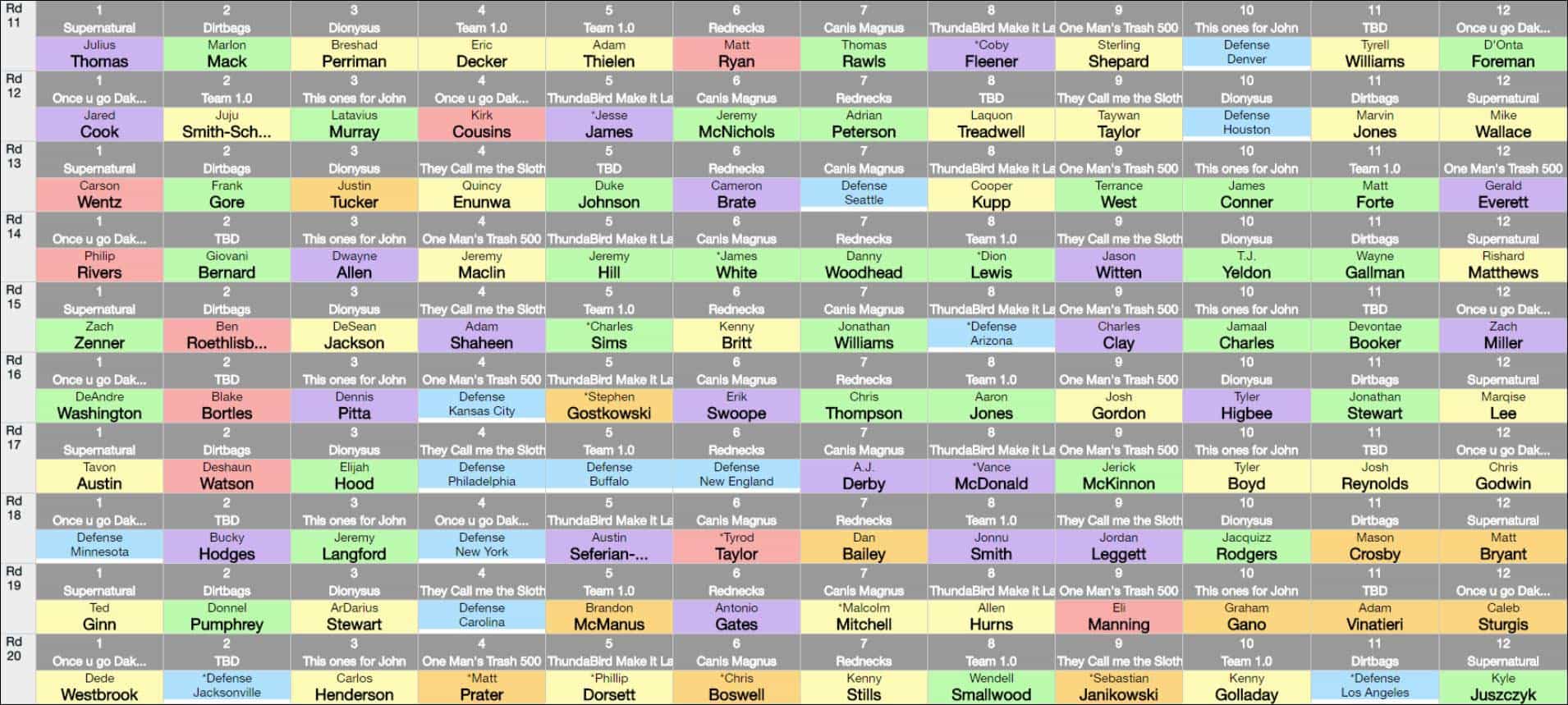
Recap
I’m excited to get into subsequent drafts to see whether they fall in line with what we’ve seen here. If they do, I will likely strongly suggest a trade-out strategy involving selections within rounds five or six. Or, if you are so inclined, Tthe ability to trade UP to land higher selections while giving up these same selections could make for an intriguing build. With few exceptions, players selected in these two rounds, in my book at least, provide too much risk for the upside they represent. That being the case, I’ll see to move these picks for other assets in trade IF we see similar patterns form.
In a tight end premium league, a solid pass catcher at the position can be very helpful. This is not to say that you need to select one of the top two (Gronkowski or Kelce), or even the next two (Reed or Kelce) but in surveying the next names off the board, you will want to leap at/before round eight to ensure a viable younger starter.
At the quarterback position, I see little reason to alter our strategy of allowing others to lead out at the position while you wait until round nine or ten. This should allow you to construct a fine starting core while still fielding a young upside player in Derek Carr, Marcus Mariota, Cam Newton, Matt Stafford or Dak Prescott. Even Drew Brees and Tom Brady are in this grouping as older players.
Summed up, you’ll likely be assembling a seven-player corps. consisting of running backs and receivers before filling out the remaining skill positions.
Wrap-up
Well, that’s a wrap of our first FFPC start-up draft. You can find the remaining 10 rounds above. Once again, we’re proud to be aligned with the FFPC for another year and are happy to suggest that any dynasty player looking for the ultimate challenge, with a nice reward to help justify your effort, check out the FFPC Dynasty Games before any other. You won’t be sad you did. They have great competition but are even greater people. It’s truly a win-win.
What are your thoughts?
Follow me on Twitter: @DLF_Jeff
- Lineup Advice: Wrap-up, Thank You and Goodbye (TTFN) - January 1, 2024
- Lineup Advice: Week 17 – Championship Edition - December 26, 2023
- Lineup Advice: Week 16 – The “What is” Edition - December 19, 2023







